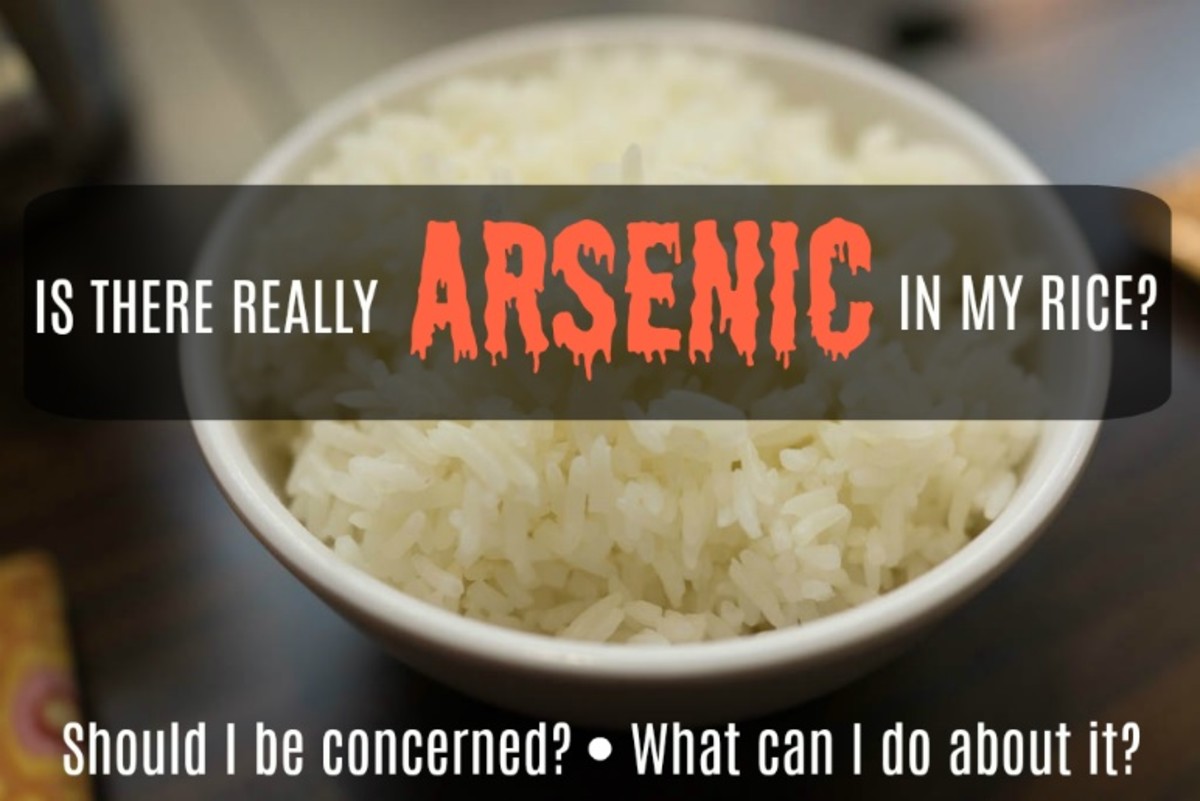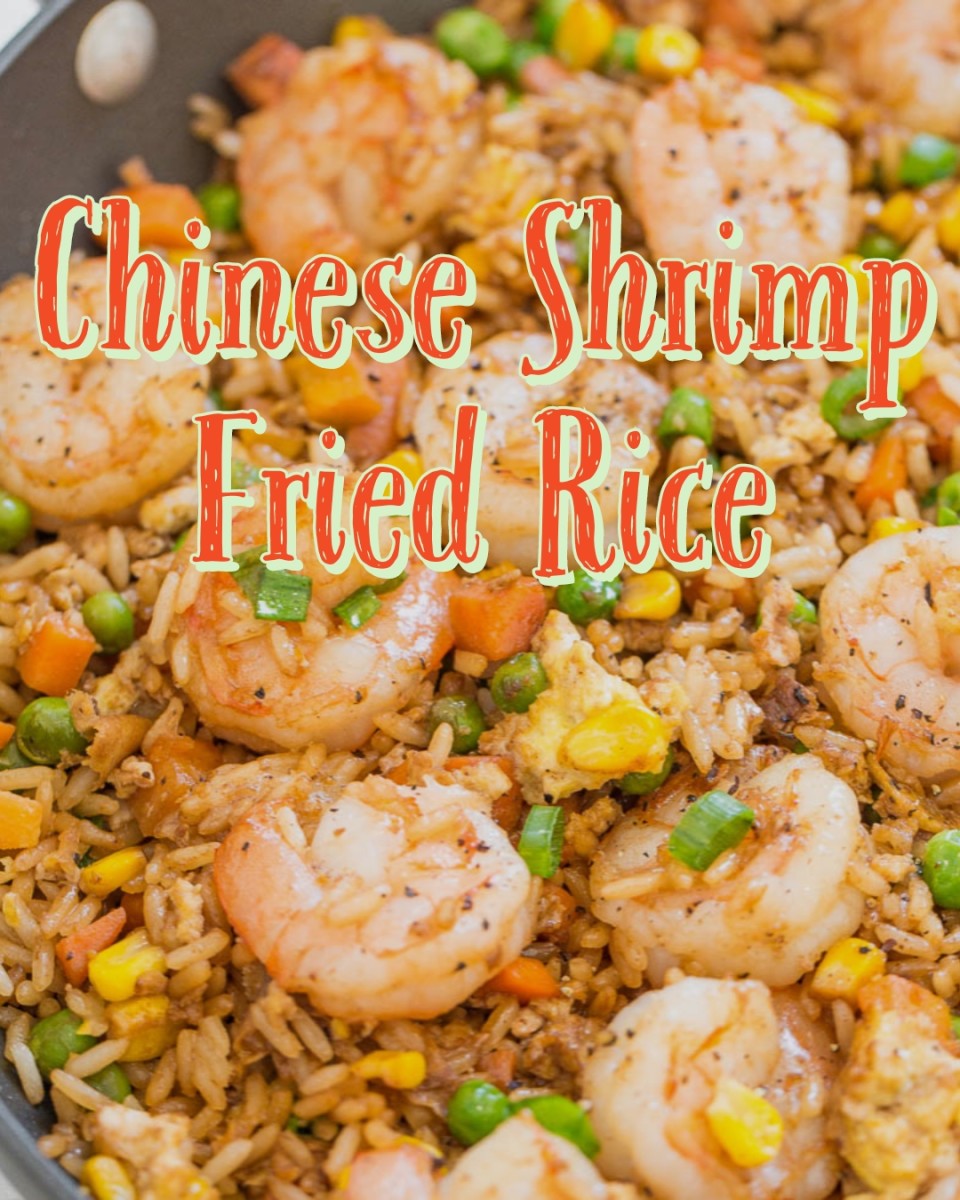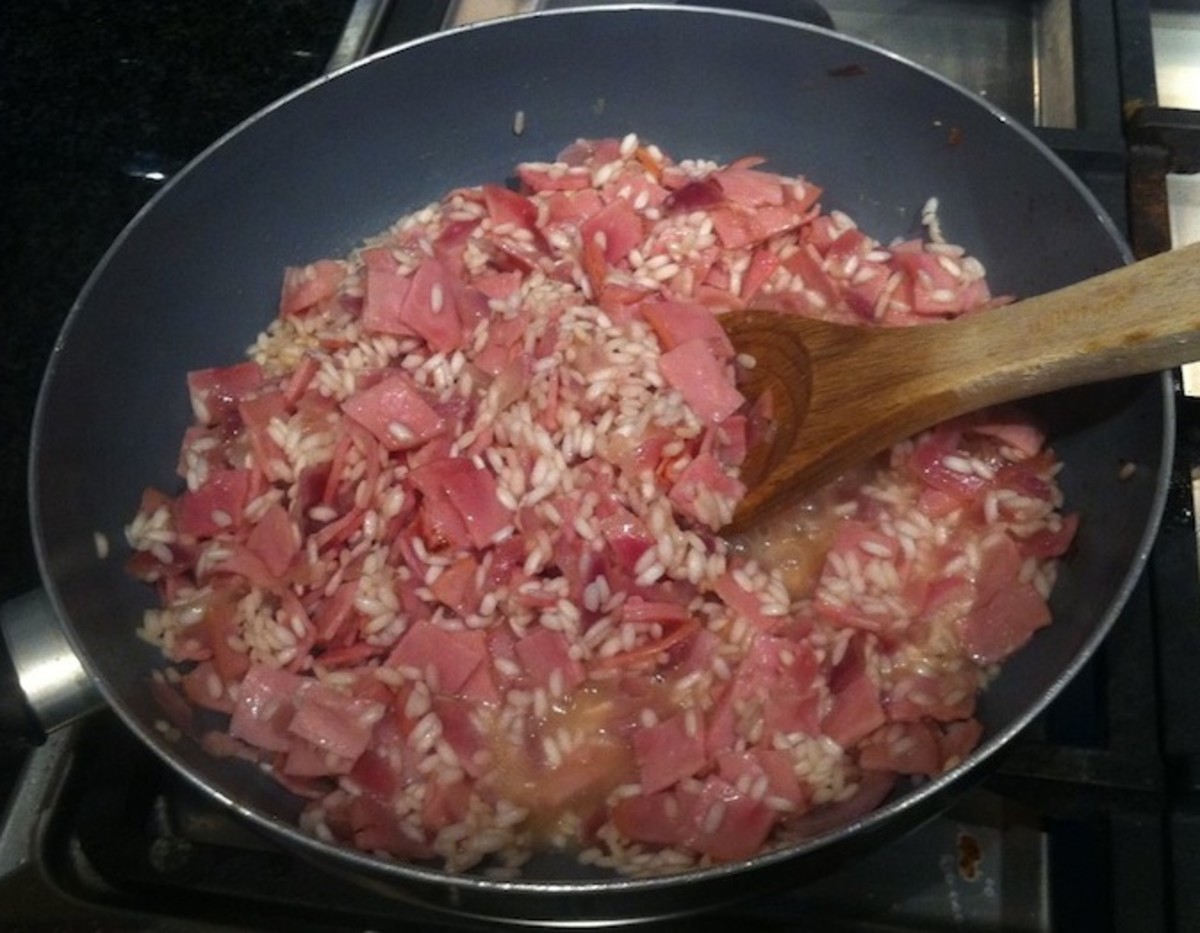How to Cook Brown Rice or White Rice - Perfect Every Time Without Careful Measuring
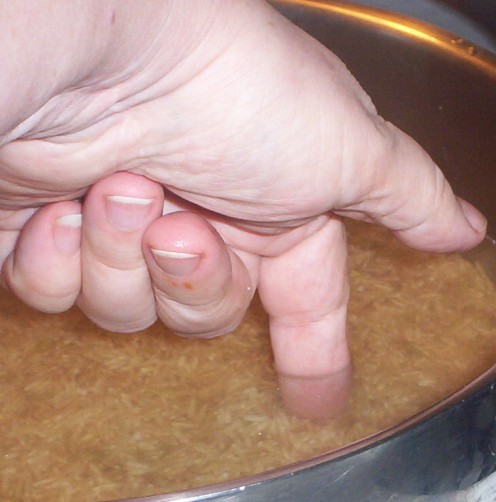
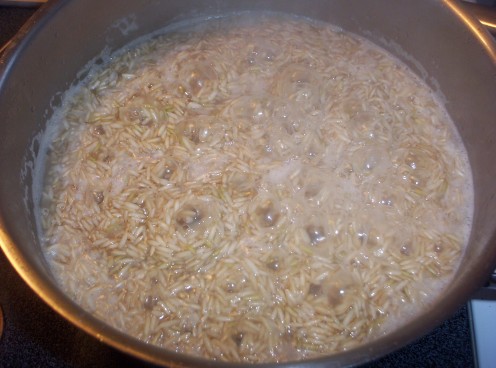
When I first started cooking rice, I was cooking white rice, and I was using measuring cups. In spite of my best efforts, sometimes it was mushy and overcooked.
Then a Japanese friend taught me her mother's method for easily cooking rice. I've since found that there are several versions of what's called "the finger method". Whatever version is used, it seems to work just fine.
This method works with both white and brown rice. The main difference between the two is the amount of time the rice is cooked after it's covered.
First, choose a good quality pot with a tight-fitting lid, so heat is distributed well across the bottom of the pot and no steam escapes. I choose a pot that is at least twice as large as the amount of raw rice that I plan to cook.
Put the raw rice into the pot. Rinse the rice until the water is clear. If you are cooking white rice, you will need to rinse it several times before the water is clear. (White rice is coated with powder that's fortified with vitamins to make up for the loss of the vitamins that the rice had before the bran was removed.)
If you are cooking brown rice, you should only have to rinse it about twice. You may see a few kernels floating. They can be removed, as they are probably empty rice hulls.
After you have rinsed and drained the rice, smooth the surface so the rice is level in the pot. Then fill the pot with cold water to a depth that is one knuckle over the top of the rice.
Measure this by placing your index finger vertically down into the pot until it touches the rice. When the water is the correct depth, it will come up to the first knuckle joint from the tip of your finger. (Don't count long fingernails.) Fill the water to the inside fold of that joint.
It doesn't matter if you're cooking one cup of rice or 5 cups of rice, the water measurement is the same. (I've cooked as many as 8 cups with the same measurement.)
Set the pot on medium-high heat. As the water heats, stir it once to make sure it isn't sticking to the bottom of the pot. Make sure the rice is level again. Let the water simmer until little craters appear in the rice. When the water level is reduced until craters are bubbling in the rice and the water is even with the surface of the rice, cover the pot and turn the heat to the lowest possible setting.
If cooking white rice, leave the pot covered on the lowest heat for 10-15 minutes, depending on your preference. If cooking brown rice, leave it covered on the lowest heat for 25 minutes.
Other pages about cooking using the finger method
- Drizzle of Sunshine: How to cook rice....the finger method
- Keep Learning Keep Smiling » How To Cook Rice In A Pot
Keep Learning Keep Smiling - Ways to a Meaningful and Fulfilled Life. Be Inspired and Motivated to Learn.
If, after you've tasted the cooked rice, you find that you prefer your rice cooked either more or less than the time given here, simply increase or decrease the time the covered pot cooks on the lowest heat. (If you want the rice wetter than this recipe, you might try the finger method that has the water level as high as the second finger joint.)
When the rice has cooked for the required time, remove it from the heat. With a wooden spoon or rice paddle, put the rice in a bowl, turning it gently to fluff it.
Rice is very easy to freeze and reheat
Once you have cooked and cooled the rice, it can not only be served, but if you're making a large amount to provide leftovers, you can freeze it. Divide it into single servings and freeze them in baggies. When you are ready to use a serving, take it from the freezer and microwave it in a covered bowl until thawed and warm - for about one minute. (Remove the rice from the baggie before you microwave it.) This is very convenient - it allows you to cook large batches of rice on a weekend, and have rice for lunch or dinner all week.
When you get used to cooking rice in this way, you can add different seasonings to it before cooking for additional flavor. While there are wide choices, you should be careful that you don't add flavorings that can't tolerate long cooking periods. Some may become bitter as they cook, and will also leave the rice tasting bitter.
Add dry herbs to the cooking water for the rice, or add a few teaspoons of tomato paste to the cooking water. For serving with curried dishes, substitute 1/2 of the cooking water with concentrated orange juice. For a perfect meat side dish, use meat broth as the cooking water.
If you want to flavor the rice with tender greens such as chopped basil, parsley, green onions, chives or cilantro, you will transfer the flavor very well if you add them after the rice has cooked but while it's still hot. A favorite of mine is fresh squeezed lime juice, salt and cilantro.
Cook minced or sliced fresh garlic, or onions and celery, in butter or olive oil and add the combination to the hot rice.
Please support the writing that you like
If you vote up or vote down an author's writing, you will show the people who follow you what you feel the quality of the writing is. Please support writers by voting up their work.

